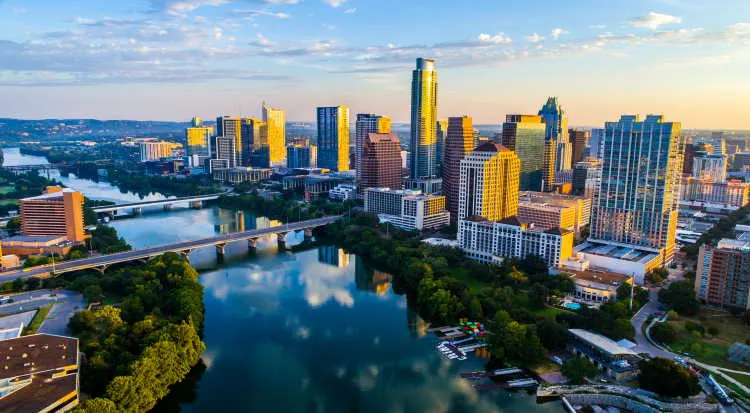Across the United States, cities are experiencing a quiet but powerful transformation driven by local community initiatives. Grassroots movements, neighborhood projects, and volunteer programs are revitalizing urban areas, bringing new life to streets, parks, and local businesses. These efforts are not only improving physical spaces but also fostering stronger social connections among residents.
Urban revitalization has traditionally been seen as the work of city planners or large development projects. However, local communities are now taking the lead, showing that small, coordinated actions can create meaningful change. From community gardens and public art installations to neighborhood cleanups and local markets, these initiatives are improving the quality of life for residents while also boosting local economies.
One key impact of these projects is economic growth. Small businesses in areas with active community programs are seeing higher foot traffic and stronger customer loyalty. Residents are more likely to shop locally when they feel connected to their neighborhood, and community events attract visitors from other parts of the city. This economic boost helps sustain businesses and encourages new ventures, creating a cycle of growth and opportunity that benefits everyone.
Social cohesion is another significant benefit. When neighbors work together on shared projects, relationships strengthen, trust increases, and a sense of belonging grows. Local initiatives provide a platform for residents to collaborate, share skills, and address common challenges. This collective effort can reduce crime, improve public health, and make neighborhoods safer and more welcoming. Experts note that areas with strong community engagement often experience greater resilience in times of economic or social stress.
Community-led projects also bring a sense of pride and identity to urban areas. Murals, cultural festivals, and local heritage programs celebrate the history and diversity of neighborhoods. Residents become ambassadors for their own communities, inspiring others to contribute and participate. The visual and cultural transformation of these areas can attract further investment, both from private and public sectors, enhancing the overall vibrancy of the city.
Funding for these initiatives often comes from a mix of sources, including small grants, donations, and volunteer time. While they may not have the budgets of large-scale development projects, the ingenuity and passion of community organizers often make up for limited financial resources. Cities are increasingly recognizing the value of these efforts, providing support through small grants, technical assistance, and public recognition programs.
Technology is also playing a role in amplifying the impact of local initiatives. Social media platforms allow communities to share success stories, coordinate events, and recruit volunteers. Online platforms help connect residents with local projects, increasing participation and awareness. This digital connection complements the hands-on work being done on the ground, creating a larger network of engaged citizens.
Despite challenges, the momentum of community initiatives continues to grow. Residents are proving that they can shape the future of their cities, creating environments that are not only more livable but also more equitable. Grassroots movements are demonstrating that meaningful change is possible when people work together, highlighting the importance of civic engagement and local action.
In conclusion, community initiatives are transforming urban areas across the U.S., enhancing both economic and social vitality. From revitalized streets to thriving small businesses and stronger social bonds, these projects showcase the power of local action. Cities that embrace and support these movements are witnessing a new kind of urban renewal—one that is driven by the people who live there and reflects the values, culture, and aspirations of the community itself.



